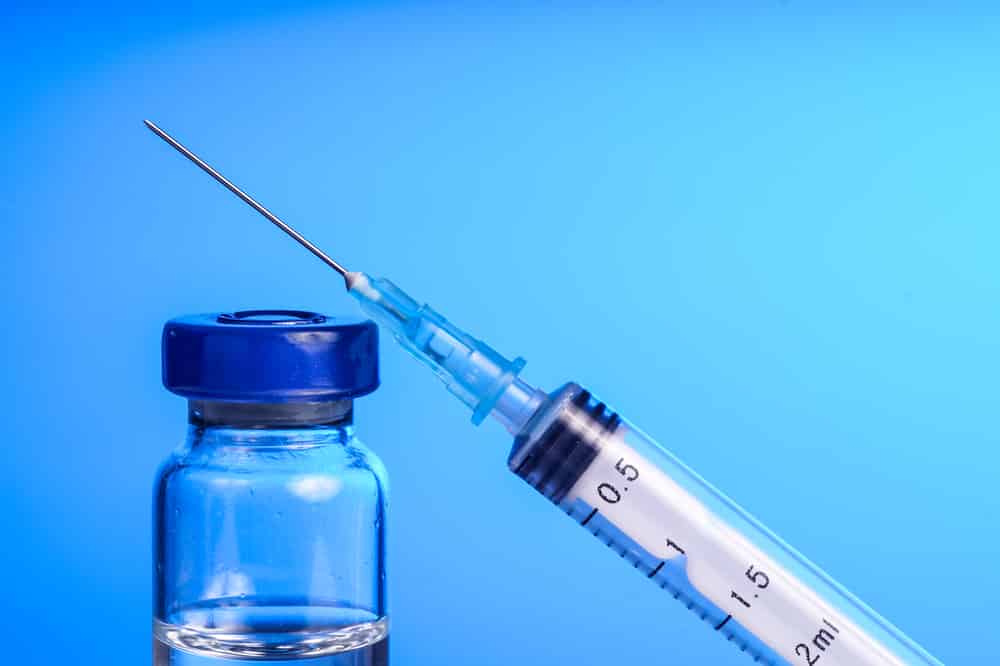On Wednesday, September 16, 2020, the U.S. Department of Health and Human Services (HHS) and Department of Defense (DoD) released two documents outlining the federal government’s strategy to provide all Americans with free, safe, and effective COVID-19 vaccines as soon as possible. The first document was a report to Congress, and the second was a “playbook” for state, tribal, territorial, and local public health programs and their partners. The vaccination campaign will begin with high-risk individuals, including health care workers and first responders, and gradually expand to include all Americans who wish to be vaccinated. However, the number of willing participants may be smaller than expected, as polls of the American public reveal significant skepticism of a COVID-19 vaccine.

The U.S. Government’s Plan to Distribute COVID-19 Vaccines
Who will distribute and administer COVID-19 vaccines?
As a part of Operation Warp Speed, the federal government has prepared complex plans regarding the distribution of COVID-19 vaccines. Several vaccines (produced by different manufacturers) may be approved by the FDA and made available to the public. Civilian healthcare workers will administer the vaccines.
Will one dose be sufficient?
Dosage will depend on the vaccine. Healthcare experts advise that most vaccines will require two doses, administered 21 to 28 days apart. If a double-dose vaccine is used, both doses must use a vaccine from the same manufacturer.
Who will receive the vaccine first?
The supply of COVID-19 vaccines will likely be limited at first. During the first phase of distribution, priority will go to those most at risk, including health workers, essential employees, and people in vulnerable populations. The Centers for Disease Control and Prevention (CDC) will make recommendations regarding who will receive the initial doses. The second and third phases of distribution will gradually expand availability until the entire country is eligible.
How much will the vaccine cost?
The vaccine will be free to all Americans. The project will be covered by taxpayer funding.
How will state and local communities be involved?
The complex project will require the cooperation of state and local governments, who will need to design plans for how they will receive and distribute vaccines. States and cities have been given a month to submit their plans. These plans must detail how they will store and transport the vaccines.
When will COVID-19 vaccines be available?
We don’t know yet. Several vaccine formulations are currently undergoing final trials.
Public Skepticism
During the announcement of the government’s comprehensive framework for vaccine distribution, President Trump maintained that a coronavirus vaccine could be available as early as October and in mass distribution soon after that. However, Dr. Robert Redfield, the director of the CDC, stated that it is unlikely a vaccine will be broadly available before late spring or summer of 2021.
Although the federal government is adamant that COVID-19 vaccines will soon be available and widely distributed, many Americans are skeptical of the project. According to a poll conducted by the Associated Press-NORC Center for Public Affairs Research in May, only about half of Americans said they would get a coronavirus vaccine. One in five Americans said they would refuse a vaccine, and 31 percent were unsure. Many of those who said they would refuse a vaccine cited safety concerns.
Historically it has taken researchers decades to design, test, and distribute safe and effective vaccines. For example, the chickenpox vaccine was released after 28 years of development. Vaccine research and development typically takes between five and ten years, clinical trials usually last between six and eight years, and FDA approval can take anywhere between six months and three years. The typical vaccine development timeline has already been drastically shortened to get a COVID-19 vaccine to market in approximately 18 months to two years. So, the Trump Administration’s goal to release a COVID-19 vaccine by the end of the year is unprecedented and also a cause for public concern, as the safety of the vaccine will be unknown due to a lack of thorough, rigorous testing.
The public is also worried about safety due to concerns regarding the transportation and storage of COVID-19 vaccines. The federal government has said that the vaccine will likely need to be refrigerated, but two vaccines currently in clinical testing require subzero temperatures (possibly as low as -70°C) and others require a temperature of 2-8°C. To safely deliver these vaccines around the country, industry officials and logistics companies will need to form an effective cold-storage supply chain. This has created a high demand for specialized freezers, which aren’t currently available at many of the hospitals, pharmacies, and physicians’ offices likely to be used as vaccination sites. Without the proper equipment available for storage and transportation, the vaccines could become warm and ineffective.
The public skepticism is concerning, as health experts say upwards of 70 percent of Americans must be vaccinated or develop immunity to COVID-19 in order for the country to be protected from the coronavirus. The federal government will likely need to convince the skeptical public to receive the vaccine once it is available.
Are you looking for a CRO to assist with your preclinical or clinical drug development related to the novel coronavirus or COVID-19? QPS has CLIA-certified and GLP-compliant laboratories ready to fast-track your novel coronavirus and COVID-19 RT-qPCR/QPCR and Serological Assays and vaccine development programs. Since 1995, QPS has provided discovery, preclinical, and clinical drug development services. An award-winning leader focused on bioanalytics and clinical trials, QPS is known for proven quality standards, technical expertise, a flexible approach to research, client satisfaction, and turnkey laboratories and facilities. For more information, visit www.qps.com/coronavirus or email [email protected].





